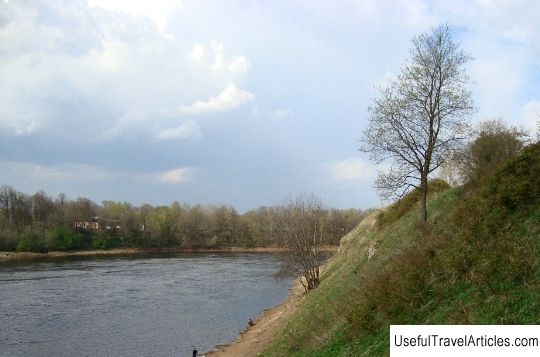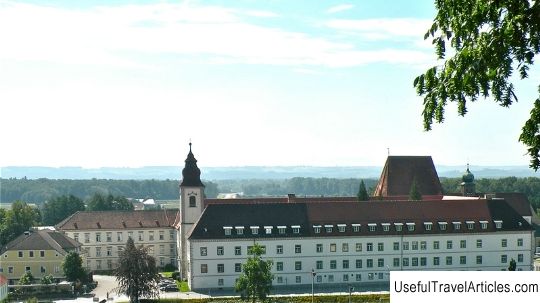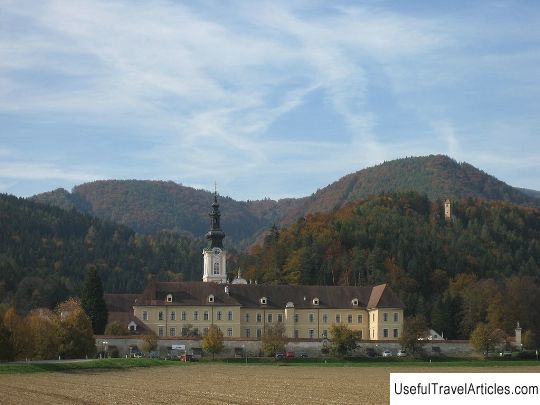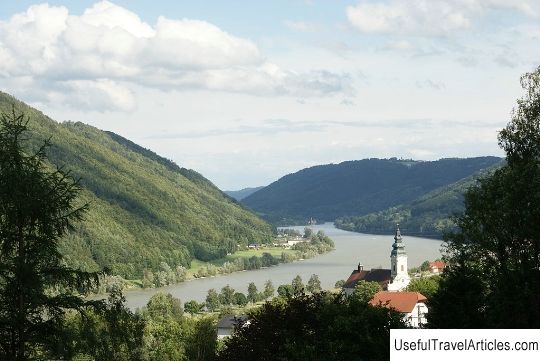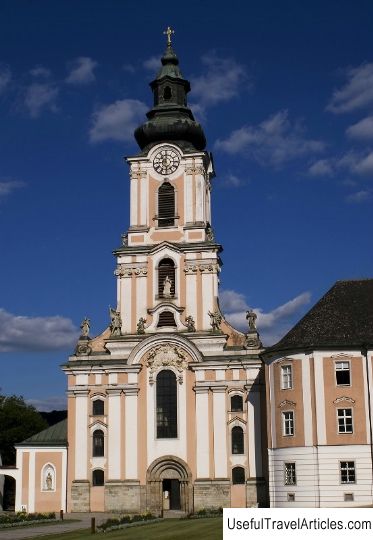Cistercian monastery of Stams (Stift Stams) description and photos - Austria: Tyrol
Rating: 8,9/10 (4854 votes) 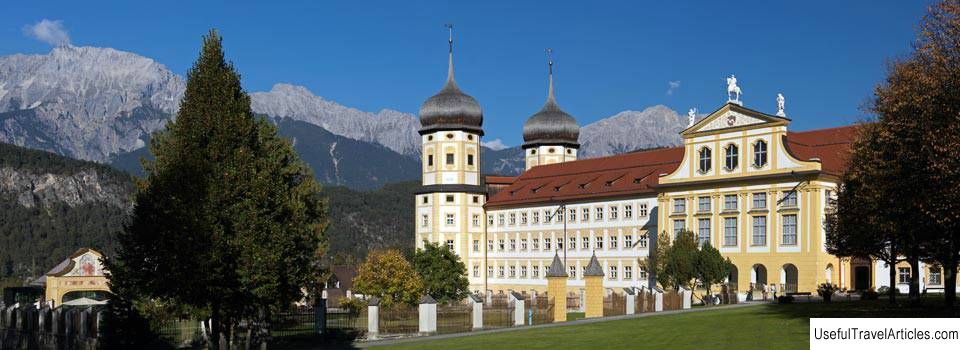
Cistercian Monastery of Stams (Stift Stams) description and photos - Austria: Tyrol. Detailed information about the attraction. Description, photographs and a map showing the nearest significant objects. The title in English is Stift Stams. Photo and descriptionThe monastery in the Tyrolean town of Stams was founded in 1273 by Count Meinhard II von Herz-Tyrol and his wife Elisabeth of Bavaria, widow of the Roman Emperor Konrad IV, for the Cistercian monks from Swabian Kaisheim. This monastery became the place where the rulers of Tyrol found their last rest. On the territory of the monastery were buried not only its founders, but also Frederick IV and Sigismund Habsburgs and Bianca Maria Sforza, wife of Maximilian I. In 1284, a church was added to the monastery. The role of the monastery, which for three centuries, thanks to generous donations from benefactors turned into the economic center of the region, declining significantly in the 16th century after the Reformation, the peasant war of 1525 and the fire of 1593. By that time, only three monks lived in the monastery. The monastery was restored at the beginning of the 17th century. In the first half of the 18th century, the complex was rebuilt in a Baroque manner. The monastery buildings were designed by Georg Anton Gump, Johann Georg Volcker and Franz Xaver Fechtmeier. In 1807, during the Napoleonic wars, the Bavarian government dissolved the Cistercian monastery in Stams. But when Tyrol became part of Austria, the holy monastery was restored again. In 1938-1939, the Nazis turned the local monastery complex into apartments for settlers from South Tyrol. The monks returned to Stams in 1945. In 1984, Pope John Paul II granted the monastery church the status of a Minor Basilica. The main decoration of the temple is the early Baroque altar with 84 wooden sculptures carved in 1610 by the master Bartlme Steinl. Today, the Cistercian monastery has a museum, shop, distillery and several educational institutions.         We also recommend reading Tomb of Juliet (Tomba di Giulietta) description and photos - Italy: Verona Topic: Cistercian monastery of Stams (Stift Stams) description and photos - Austria: Tyrol. |
